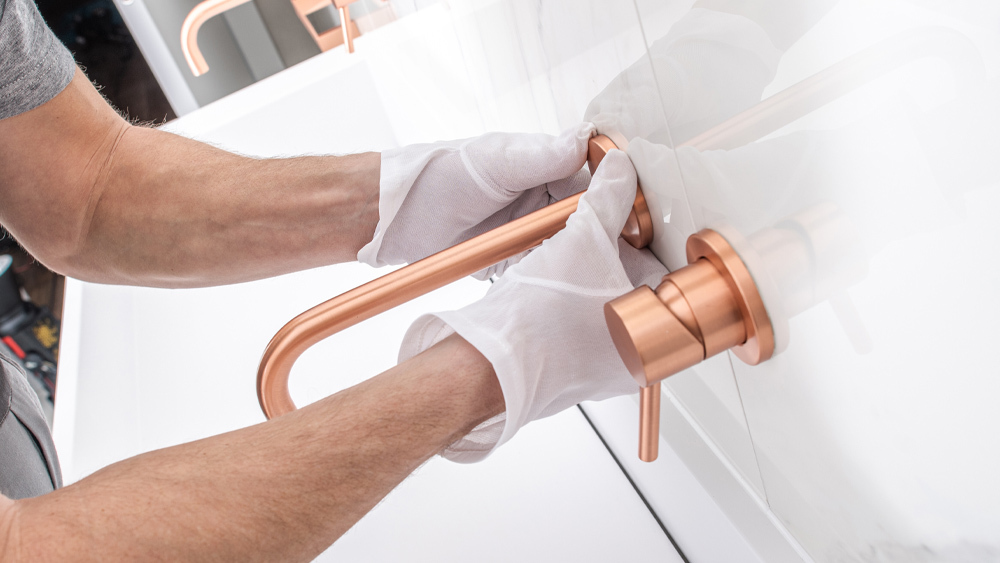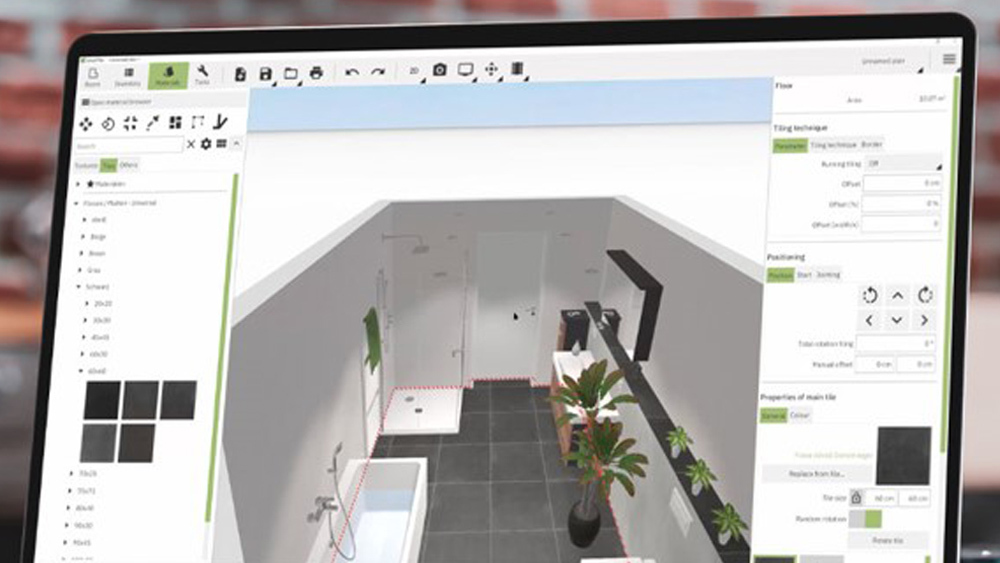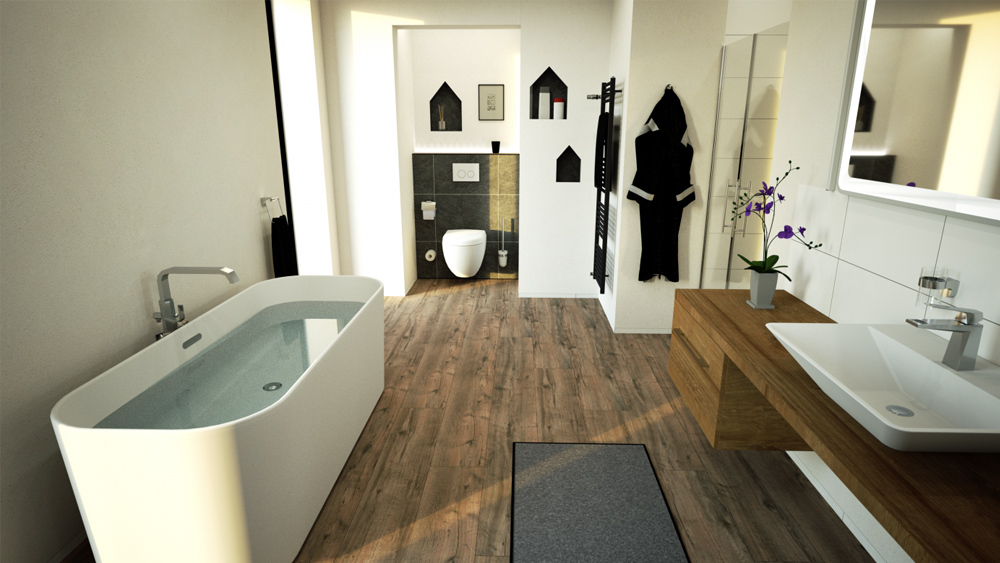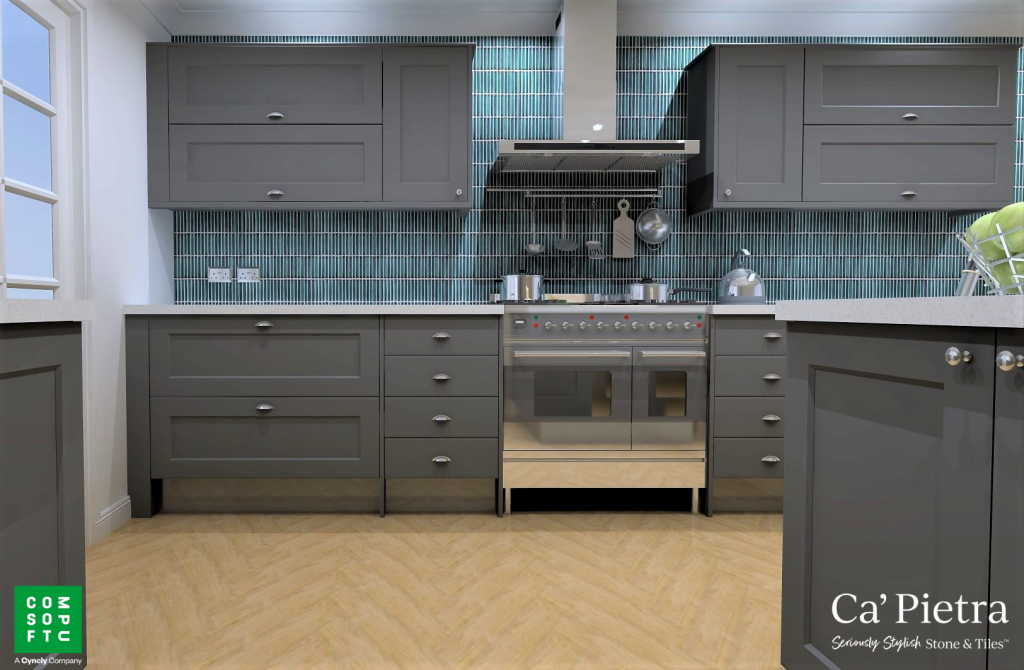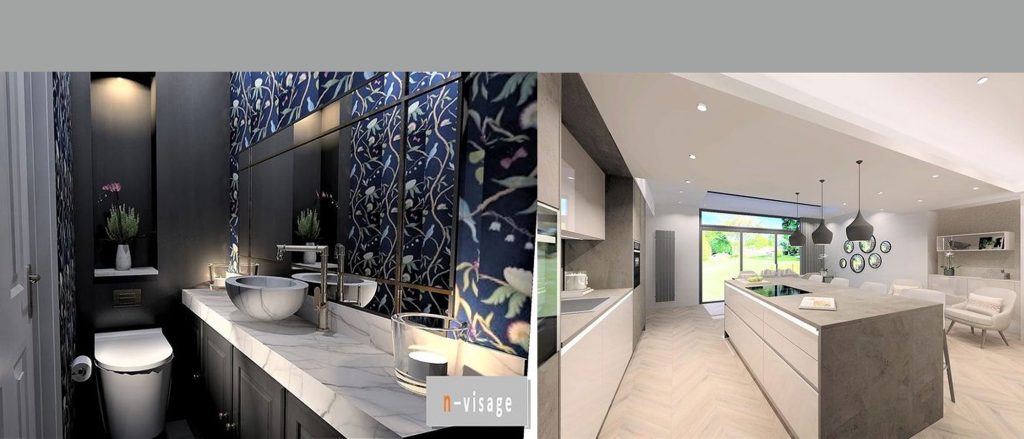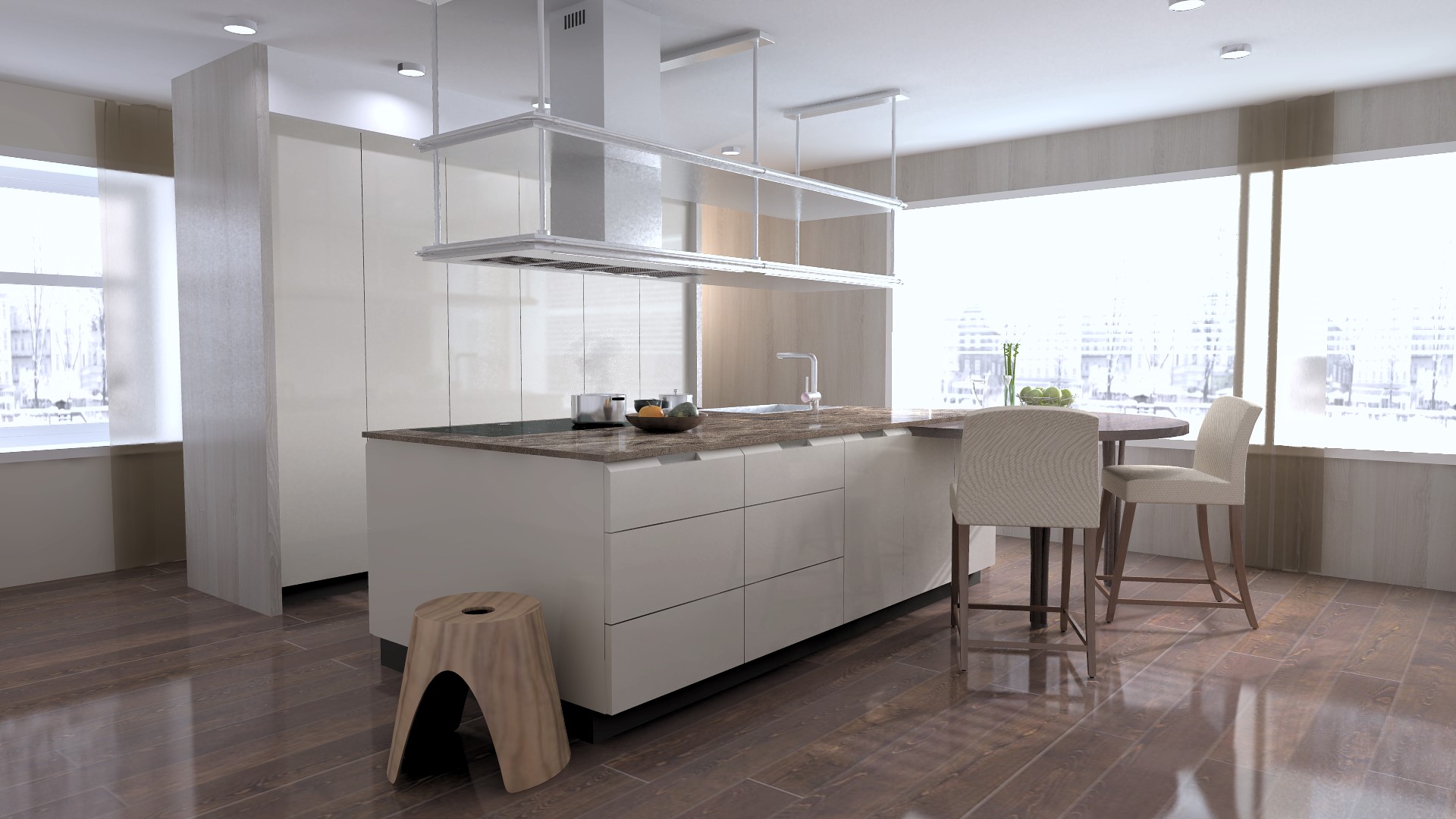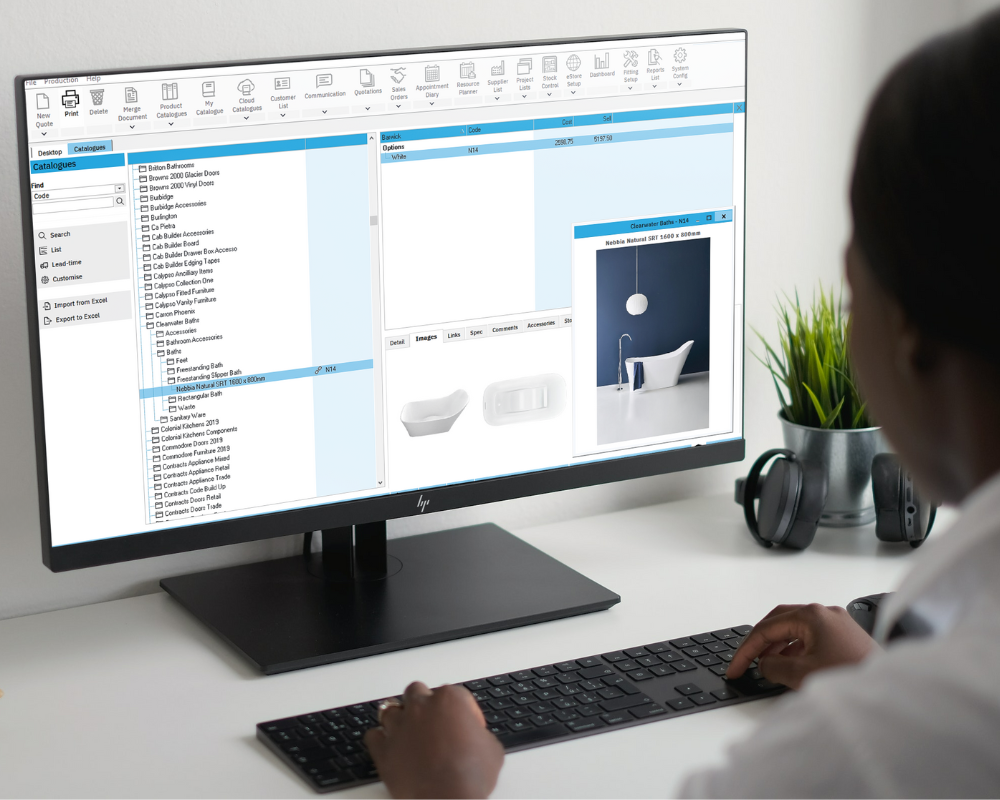Closing the installer skills gap through technology
August 2, 2021
Could a simple CAD package designed for bathroom installers help to close the widening skills gap in the UK and entice young people into the KBB industry? In this special blog, with the help of BIKBBI MD Damian Walters, we explore this question and its implications…
The ongoing coronavirus has turned many of our lives upside down. However, with many people furloughed from their jobs and now able to discuss plans previously on the back-burner, the KBB industry has seen an uptick in sales, and in some places, a surge in demand.
But there is a problem. There is a widening skills gap in the UK with dwindling numbers of qualified installers, it’s becoming increasingly tricky to meet high consumer demand.
Things are changing and the industry needs to evolve to meet these new challenges. The British Institute of Kitchen, Bedroom and Bathroom Installation (BIKBBI) recognises this and Damian Walters (pictured below) comments that “because installers are engaging directly with consumers more now than ever, there is a need for a planning solution for installers as opposed to just retailers”.
In addition, there is an increasing number of smaller, more agile operations opening up, as well as an increase in ‘one-man-bands’ or designer/installer teams who are without showrooms, and who are perhaps operating from their own homes. Walters adds: “I believe this trend will continue because the pandemic has demonstrated that businesses can operate not necessarily from a showroom environment. That said our industry is very ‘touchy feely’ and at an increasing price point I believe people want to see products in situ.”
CAD software has been seen as the preserve of the retailer/designer, but we believe that installers could really benefit from using a simple CAD package, either producing their own designs or using the software to help streamline the design-to-installation process.
SimpliPlan is a bathroom planning tool currently used by our German customers – predominantly installers, and the model there is quite different from the UK. Rather than retailers designing and selling bathrooms, and then installers being subcontracted to carry out installation, the installer takes charge.
In Germany, those who are in the market for a new kitchen or bathroom first find an installer. The installer designs the bathroom and then takes the customer to see products at a wholesaler, and then finalises the sale. This cuts out the middle-man of the retailer and means installers profit more.
Now, we are not suggesting that the UK does away with our current model and replaces it with the German one, but perhaps there are things we can learn and elements we could adopt to make the installation trade a more enticing prospect for newcomers into the industry, while also making life easier and work more efficient for experienced installers.
More control
For installers looking to set up their own design and retail business, a CAD package is an essential tool. SimpliPlan, according to Wulf Maier, Team Training Manager – at Compusoft in Germany, is perfect for smaller operations because it is easy to use on-the-go, and because it’s more cost-effective than more feature-rich packages such as Innoplus. For most smaller businesses, and for installers, SimpliPlan fits the bill and offers all the functionality an installer might need.
As well as offering more control to those installers who might wish to take it, a CAD package may also help entice those interested in getting into the trade, if they think they could exercise some of their own design flair and have more control in their careers.
Rather than simply working at the behest of retailers, newcomers into the KBB industry might be more inclined to follow a path into installation, if they can also produce their own designs. This route into the industry may also have greater longevity because the installer has that greater level of agency and emotional investment.
Reassurance
The main thing CAD does is give customers reassurance that their investment is the right one and helps them make a decision more quickly.
As well as providing that reassurance, it also inspires trust in the installer. Using a simple tool to show a professional-looking 3D plan makes the installer look more professional and demonstrates that they understand what the customer wants.
A solution for the 21st Century and for the future
According to Maier, the ability to use CAD in Germany gives installers the edge over anyone who might not have that skill. Walters adds that while COVID has been ghastly, one benefit for tech businesses has been that everyday people, including grandmothers, fathers and tradespeople have been using and embracing technology more than ever.
As Walters put it so beautifully, in our previous CAD for Installers guide, “the days of quoting on the back of a fag packet are over”. This trade by Walter’s own admission has been “frustratingly resistant to change”, however, the world has changed and will continue to change. For young people technology is an integral part of their lives and career opportunities that include the use of technology are likely to be more attractive.
Reiterating and elaborating on what was said at the top of this piece, Walters concludes: “Home improvement, dare I say, has been one of the few industries that have not only survived but has flourished. Our members are all reporting increased revenue, increased volume and increased demand for their services. The biggest problem that has been created is that it has accelerated the decline and widening of the skills gap here in the UK, as well as globally. Our exit from the European Union, the restrictions of the movement of labour throughout Europe and the perception that the UK is inhospitable, perhaps, is all adding to this problem. The issue here is that this perfect storm is creating huge opportunities within our industry for installers to fulfil demand.
“Normally, of course, an opportunity is a positive thing, however sadly in home improvement market opportunity leads to an influx of opportunists. The double-glazing industry in the ’80s, and the solar/renewable energies industry more recently are good (or bad) examples of how a raised demand and a short-fall of skilled labour can be hugely destructive to the industry.”
So, it’s clear that the current UK model and installation trade needs modernising in many ways if the independent bathroom industry is to survive and thrive into the future when the old guard have long-since downed tools and retired. We need new blood. And something like SimpliPlan could provide a small but important part of the answer.
SimpliPlan in focus
Bathroom design for the non-designer
SimpliPlan is a great place to start if you want to try CAD but don’t have much relevant experience. You don’t need to be a software or design expert, as the intuitive tool guides you through from room construction to tiling and furniture positioning. No special training is required. Simply create a room in a few clicks and drag and drop everything into place to quickly create a photo-realistic design.
Sell 9/10 bathrooms
Being able to see their future bathroom increases customer trust that you can make their dream bathroom become a reality. Creating realistic 3D images of their bathroom in minutes provides that reassurance and has proven to increase sales conversions up to 90%. With professional designs, you can increase your credibility and speed up the selling process by getting the plans right first time.
Design onsite with your customer
Using a touchscreen tablet, you can bring your customer’s ideal bathroom to life in their own home with the flexibility to finish the design off later at home or in the office using your PC or Mac. Simple and quick plans can be created and instantly turned into 3D images using any tablet device, allowing you to provide reassurance to customers on what their final bathroom will look like as well as gaining a professional edge over your competition.
Install with precision
Laser rangefinders send room measurements to create the room layout accurately, ensuring that your room plans are exact from the start. As you create the plan, accurate installation plans are created automatically, such as tile cutting plans, parts lists and elevations, providing assurance that installation will be correct first time.
Reduce remedial bills
Install exactly what your customer is expecting and ensure that all materials and quantities are correct, with a parts list, elevations and tiling plan all created as you design. This will reduce incorrect orders, wastage and your remedial bill, improving your overall profit per sale.
Grow your business with affordable software
One cost includes all features and access to all supplier catalogues. Priced at a similar cost to a new mobile phone contract, there are no hidden fees or surprises, allowing you to sell more, for less.
Easy to use
Sell more bathrooms with design software that quickly brings your customer’s dream bathroom to life in 3D. Anyone can start straight away without training, even if you’re new to CAD, as the simple programme guides you through the planning process to create photo-realistic images that will increase your sales.
Amazing Renders
SimpliPlan produces beautiful, photo-realistic renders in a few minutes, so you can show the customer exactly what the finished project will look like.

